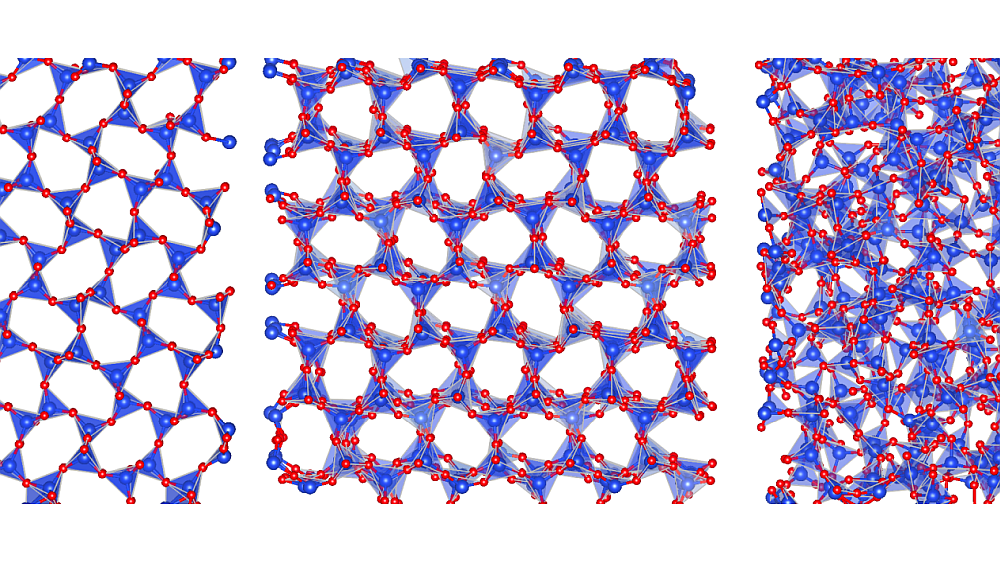
Purdue doctoral student, Vinayak, demonstrates Handy-Potter to create a three-dimensional object. He is represented by a stick figure in the orthogonal rendering of his hand motions. Credit: Purdue University.
One of the Popular Mechanics Breakthrough Awards we told you about was a gesture-control interface for computers that eliminated the need for mouses (mice?) and keyboards, relying instead on finger and hand motions. Perhaps it is to be expected that one of the first proof-of-concept demonstrations for a tool like this would reference a profession whose product is literally the work of their hands—potters and clay artists.
“Handy-Potter” is a tool that uses a depth-sensing camera to track arm and hand movements as they create three-dimensional objects in space. It was developed by a team led by Karthik Ramani, Purdue University’s Donald W. Feddersen Professor of Mechanical Engineering. Ramani’s group presented the work at the August meeting of the American Society of Mechanical Engineers and their paper was named “All-Conference Best Paper of ASME IDETC/CIE 2012.”
The video is only a fat minute long, and the first half shows one of Ramani’s graduate students creating shapes similar to those a potter would use a wheel to throw. But, as the second half of the video shows, an amazing variety of shapes can be created with Handy-Potter that mix shapes and scale.
According to the press release, the goal of the NSF-funded research was to address “the limitation of conventional computer-aided design tools that are needed to create geometric shapes.” Ramani explains the concept, “Handy-Potter is more of an imagination tool. You create the shape while you are completely focused on the idea rather than bothering yourself about the right usage of the tool. The tool learns you and does not become a barrier in creation.”
The caveat, of course, is that not all that can be imagined can be done.

Shapes produced with Handy-Potter, a design tool that enables people to create and modify three-dimensional objects with their bare hands like a virtual sculptor. The system uses a depth-sensing camera and advanced software algorithms to interpret hand movements and gestures. (Purdue University image)
I took advantage of sharing office space with a cadre of expert ceramic artists and asked Sherman Hall, managing director of the Ceramic Publishing Company and an artist himself, about some of the images Handy-Potter generated (right). He noticed right away that several of the shapes-in particular the rightmost two in the second row-were not fireable as monolithic pieces. He said, “There is no way these planes [referring to the shallow upsweeping planes of the middle sections] would survive firing. The piece would sag during vitrification and slump into itself.” He said these kinds of shapes could be made in pieces, fired and assembled, so there is a pathway to a finished object.
Ultimately, Ramani is not thinking about potters. After all, this is a lot of technology to throw at potters for whom the tactile is part of the allure of the art-the interaction between the artist and the medium. He thinks the technology could have applications in architecture, design engineering and games, as well as in art.
The title of the paper presented at the ASME conference was “Handy-Potter: Rapid 3-D Shape Exploration Through Natural Hand Motions,” by Vinayak, S. Murugappan, C. Piya and K. Ramani.
Author
Eileen De Guire
CTT Categories
- Modeling & Simulation


